இந்தியா முழுவதும் நாம் பரவலாக சிவபெருமான் வழிபாடு கோவில்கள் காணலாம். சங்க இலக்கியங்களில் சிவ வழிபாடு தெளிவாக உள்ளது. இவை எல்லாம் வரலாற்று காலத்தில் எழுந்தவை. வேதங்கள் 4000 ஆண்டு தொன்மையானவை அவடற்றிலும் சிவ வழிபாடு உள்ளது. நாம் தற்போது வரலாற்றுக்கு முந்தைய காலங்களில் சிவ வழிபாடு எனத் தொல்லியலாளர் அகழாய்வுகளில் கண்டவை காண்போம்
இந்த பாறை வசிப்பிடங்களை கண்டுபிடித்து, உள்ள ஓவியங்களை எல்லாம் ஆவணப் படுத்திய தொல்லியல் அறிஞர் வி.எஸ்.வாலங்கர்.
பீம்படுகா பாறை வசிப்பிடங்கள் என மத்தியப்பிரதேச 1 லட்சம் ஆண்டுகளாக வாழ்ந்தது அகழாய்வில் கண்டுபிடிக்கப்பட்டது. இந்த குகைப் பாறைகளில் தங்கள் வாழ்வினை வெண்/சிவப்பு சாந்து கொண்டு வரைந்த கோடு படங்களில் மிகப் பழமையானவை 30,000 ஆண்டுகள் தொடங்கி பொஆ.முதல் நூற்றாண்டு வரை என அறிஞர்கள் கணித்து உள்ளனர்
பீம்பேட்கா பாறை வாழிடங்கள் (Bhimbetka rock shelters: தேவநாகரி: भीमबेटका पाषाण आश्रय) என்பவை மத்திய பிரதேச மாநிலத்தில் ராய்சன் மாவட்டத்தில் அமைந்துள்ள தொல்லியல் களம் மற்றும் உலகப் பாரம்பரியக் களமுமாகும்.
பீம்பேட்கா பாறை வாழிடங்கள் வரலாற்றுக்கு முந்தைய கால இந்தியாவில் மனித வாழ்க்கையை அறிய உதவும் தடயங்களாக அமைந்துள்ளது. வரலாற்றுக்கு முந்தைய கால மக்களின் நடனம் மற்றும் வேட்டையாடுதல் முதலிய வாழ்க்கை முறையை அறிய இவ்வோவியங்கள் உதவுகின்றன.இந்த வாழிடங்களில் குறைந்தது 100,000 ஆண்டுகளுக்கு முன்பு ஹோமோ எரக்டஸ் போன்ற உயர்நிலை குடியேற்றம் ஏற்பட்டதை ஆய்வுகள் உறுதி செய்கின்றன. பீம்பேட்கா பாறை முகாம்களில் ஏறத்தாழ 30,000 ஆண்டுகள் பழைமையான கற்கால(பாலியோலித்திக் காலம்) பாறை ஓவியங்களும் கண்டறியப் பட்டுள்ளன.
பீம்பேட்கா என்றால் பீமன் அமர்ந்த இடம் என்பது பொருளாகும். மகாபாரத இதிகாசத்தில் வரும் வலிமை மிக்க வீரன், பாண்டவர்களில் ஒருவனான பீமன் இங்கு அமர்ந்ததால் இப்பெயர் பெற்றுள்ளது என்பர்.
The first archaeologist to visit a few caves at the site and discover its prehistoric significance was V. S. Wakankar, who saw these rock formations and thought these were similar to those he had seen in Spain and France. He visited the area with a team of archaeologists and reported several prehistoric rock shelters in 1957.
It was only in the 1970s that the scale and true significance of the Bhimbetka rock shelters was discovered and reported. Since then, more than 750 rock shelters have been identified. The Bhimbetka group contains 243 of these, while the Lakha Juar group nearby has 178 shelters. According to Archaeological Survey of India, the evidence suggests that there has been a continuous human settlement here from the Stone Age through the late Acheulian to the late Mesolithic until the 2nd century BCE in these caves. This is based on excavations at the site, the discovered artifacts and wares, pigments in deposits, as well as the rock paintings.
Pre-historic art[edit]
Scholars have interpreted early prehistoric paintings at the Bhimbetka rock shelters, considered to be from pre-10,000 BCE period,[61] as Shiva dancing, Shiva's trident, and his mount Nandi.[62] Rock paintings from Bhimbetka, depicting a figure with a trident or trishul, have been described as Nataraja by Erwin Neumayer, who dates them to the mesolithic.[63][b]
- Klostermaier 2007, pp. 24–25: "... prehistoric cave paintings at Bhimbetka (from ca. 100,000 to ca. 10,000 BCE) which were discovered only in 1967..."
- ^ Javid 2008, pp. 20–21; Mathpal 1984, p. 220; Rajarajan 1996.
- Mathpal, Yashodhar (1984). Prehistoric Rock Paintings of Bhimbetka, Central India. Abhinav Publications. ISBN 978-81-7017-193-5.
- Rajarajan, R.K.K. (1996). "Vṛṣabhavāhanamūrti in Literature and Art". Annali del Istituto Orientale, Naples. 56 (3): 305–10.
- ^ Neumayer 2013, p. 104.
- Neumayer, Erwin (2013). Prehistoric Rock Art of India. OUP India. ISBN 978-0-19-806098-7. Retrieved 1 March 2017.
சிவபெருமான் வழிபாடு, லிங்க ரூபமாக பல ஆயிரம் ஆண்டுகளாக தொடர்வது, நாம் அவற்றை தொல்லியல் தரவுகளோடு காண்போம்
Obverse: Male deity Mahakal (Siva) standing right, holding Kamamdal; tree-in-railing to left Reverse: 4-orbed Ujjain symbol Ref: Pieper 281
https://www.vcoins.com/en/stores/ganga_numismatics/216/product/india_ujjain_copper_coin_with_shiva_standing_right_rare/1257900/Default.aspx
Obverse: Male deity Mahakal (Siva) standing right, holding Kamamdal; tree-in-railing to left Reverse: 4-orbed Ujjain symbol Ref: Pieper 281
https://www.vcoins.com/.../india.../1257900/Default.aspx
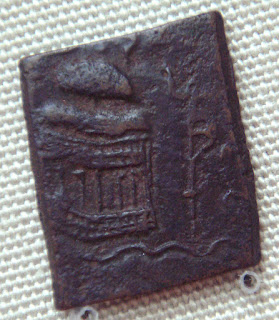
அரப்பாவிற் கிடைத்துள்ள ஆண்சிலையொன்று இடது காலைத்துக்கி வலது காலையூன்றி நின்று நடம்புரியும் நிலையிற் காணப்படுகின்றது. இதனைச் சிவபெருமானுக் குரிய திருவுருவங்களில் ஒன்றான நடராசர் திருவுருவின் முதலுருவமாகக் கருதுவர் ஆராய்ச்சியாளர்.
சிவன் தலையாய யோகிமட்டும் அல்லர்; விலங்குகட்கெல்லாம் தலைவர் (பசுபதி); சிவனுக்குரிய இவ்வியல்பினையே சிவனைச் சுற்றி யானை புலி காண்டாமிருகம், எருது என்னும் நான்கு விலங்குகள் நிற்கும் தோற்றம் காட்டுகின்றது. சிந்துவெளிக் கடவுளின் தலையில் அமைந்துள்ள கொம்புகள் பிற்காலத்திற் சிவனது சிறப்புத் திருவுருவம் ஒன்றைக் குறிக்கும் நிலையில் மூவிலைச் சூலமாக மாறியது. இவற்றையெல்லாம் நோக்கும்போது பிற்காலத்திலே சிவனுக்கு அமைந்த பல அமைப்புக்களின் தோற்றநிலைகளே சிந்து வெளி முத்திரைகளிற் காணப்படுகின்றன என நாம் கருதலாம்”.
மேலே கண்ட தரவுகளை அந்தந்த துறையில் உச்சத்தில் போற்றப்படும் அறிஞர்கள் இவற்றை கூறினாலும் இன்றைய அறிஞர்கள் சிலபலர் இவை நிச்சயமாக கூற இயலாத கருத்துக்கள் எனக் கூறுகின்றனர்

ஆந்திர மாநிலத்தில் கர்னூலை அடுத்த வீரபுரத்தில் கிடைத்த இந்த விநாயகரே மிகவும் பழமையான விநாயகர். சுடுமண்ணால் ஆன இந்த வடிவம் ஐராவதம் மஹாதேவன் அவர்களால் கண்டெடுக்கப்பெற்றது. சாதவாஹனர்களின் காலத்தைச் சேர்ந்ததாகக் கருதப்பெறும் இதன் காலம் பொயுமு இரண்டாகலாம் என்று கருதப்பெறுகிறது. பொயுமு இரண்டிலேயே ஆந்திரத்தில் வழிபாடு இருப்பதால் தமிழகத்திலும் இருந்திருக்கலாமென்பதே பலரின் கருத்து..
ருத்ர மூர்த்தி சிவபெருமான் திருவுருவம் மிகவும் அரிதான, வேறெங்கும் காணக் கிடைக்காத திருவுருவமாக, தேவ்ராணி- ஜெதானி கோயில் வளாகத்தில், தாலிகன் என்னும் கிராமத்தில் உள்ளது.
coin
- Museum number 1894,0506.92
- Description
- Gold coin (stater) of Vasudeva I, showing a three-headed deity (Śiva) holding a trident and a diadem, accompanied by a bull. (whole) (whole)
- Figure of Vasudeva I standing to left; r. hand over altar. (obverse) (obverse)
- Figure of Wesho standing facing; bull behind to left. (reverse) (reverse)
- Authority Ruler: Vasudeva I
- Cultures/periods Kushan
- Production date 164-200 (circa) (circa)
- Production place
- Minted in: India (Northwestern)Asia: South Asia: India
- Minted in: AfghanistanAsia: Afghanistan
- Materials gold
- Technique carved
- Dimensions Diameter: Diameter: 19 millimetres
- Weight: Weight: 8.06 grammes
- Inscriptions
- Inscription type: inscription
- Inscription language: Bactrian
- Inscription script: Kharoshthi
- Inscription translation: OESHO
- Curator's comments
- Blurton 1992:
The early figures of Shiva which show him in purely human form come from northwestern India, the area of ancient Gandhara. Also from northwestern India come coins of the second century AD issued by the kings of the Kushan dynasty; some of them bear the image of a figure who is captioned 'Oesho', a name which philologists still argue over, but…Bibliographic references - Gobl 1984 / System und Chronologie der Munzpragung des Kusanreiches (502.4)
- Blurton 1992 / Hindu Art (p.84, fig. 46.)
- Cribb & Bracey 2011 / Kushan Coins Catalogue (F.G1i a)
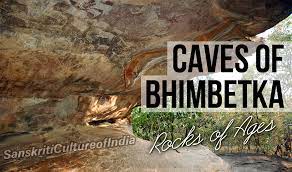
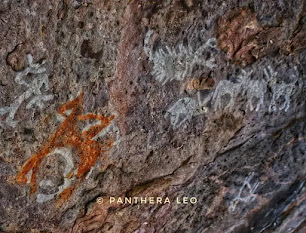




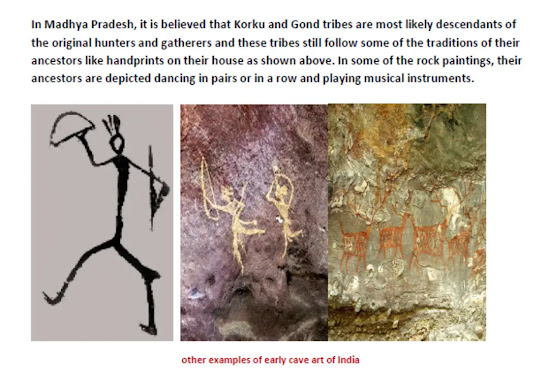
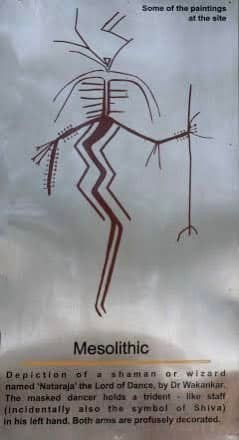



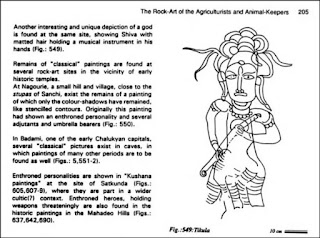




.jpg)
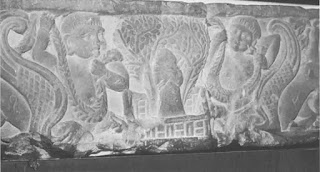


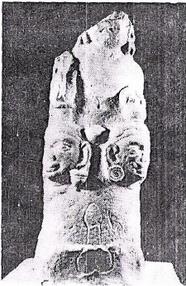
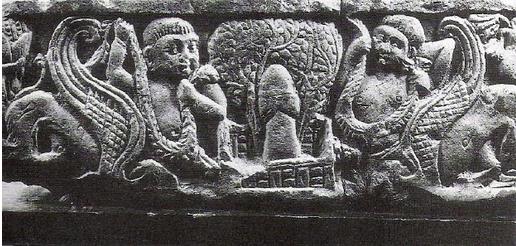

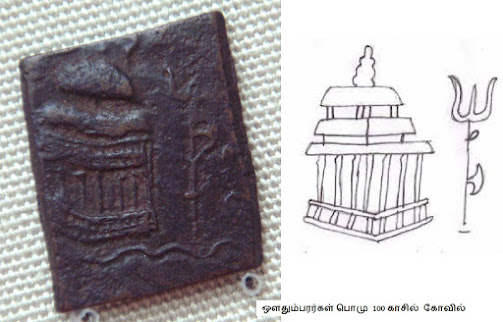




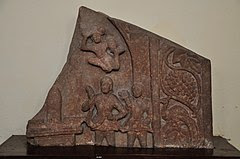


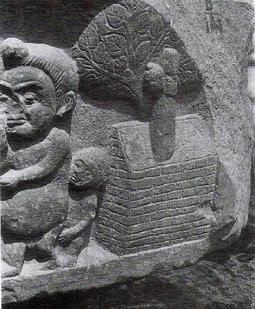



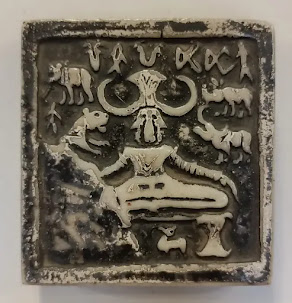
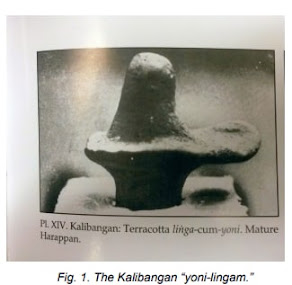

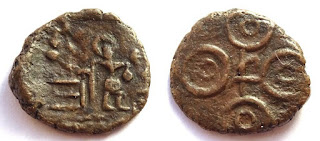





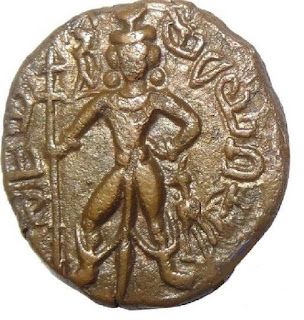


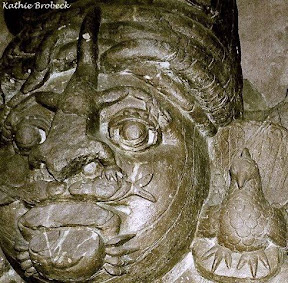

.png)
No comments:
Post a Comment